Colorado HOAs can no longer stop you from hardening your home against wildfires

LOUISVILLE, Colo. — Tawnya Somauroo didn’t know much about her community until it burned to the ground.
She didn’t know the name of her subdivision, where city hall was or who was serving as mayor. She certainly wasn’t in direct contact with her representative in the state house.
Then, on Dec. 30, 2021, the Marshall Fire reduced Somauroo’s Louisville home, where she lived with her two young kids, to a pile of ashen rubble. Every house in her neighborhood suffered the same fate.
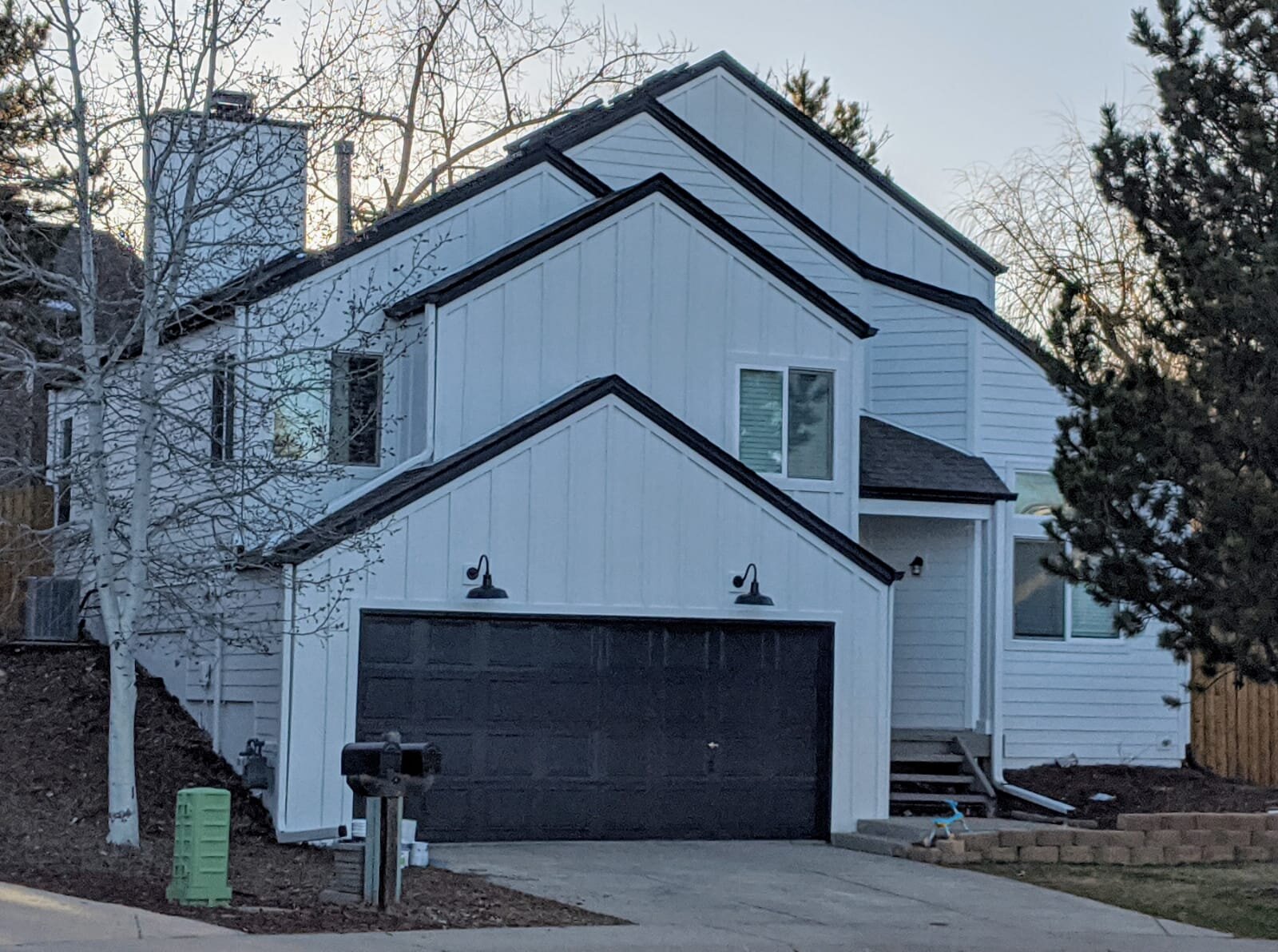
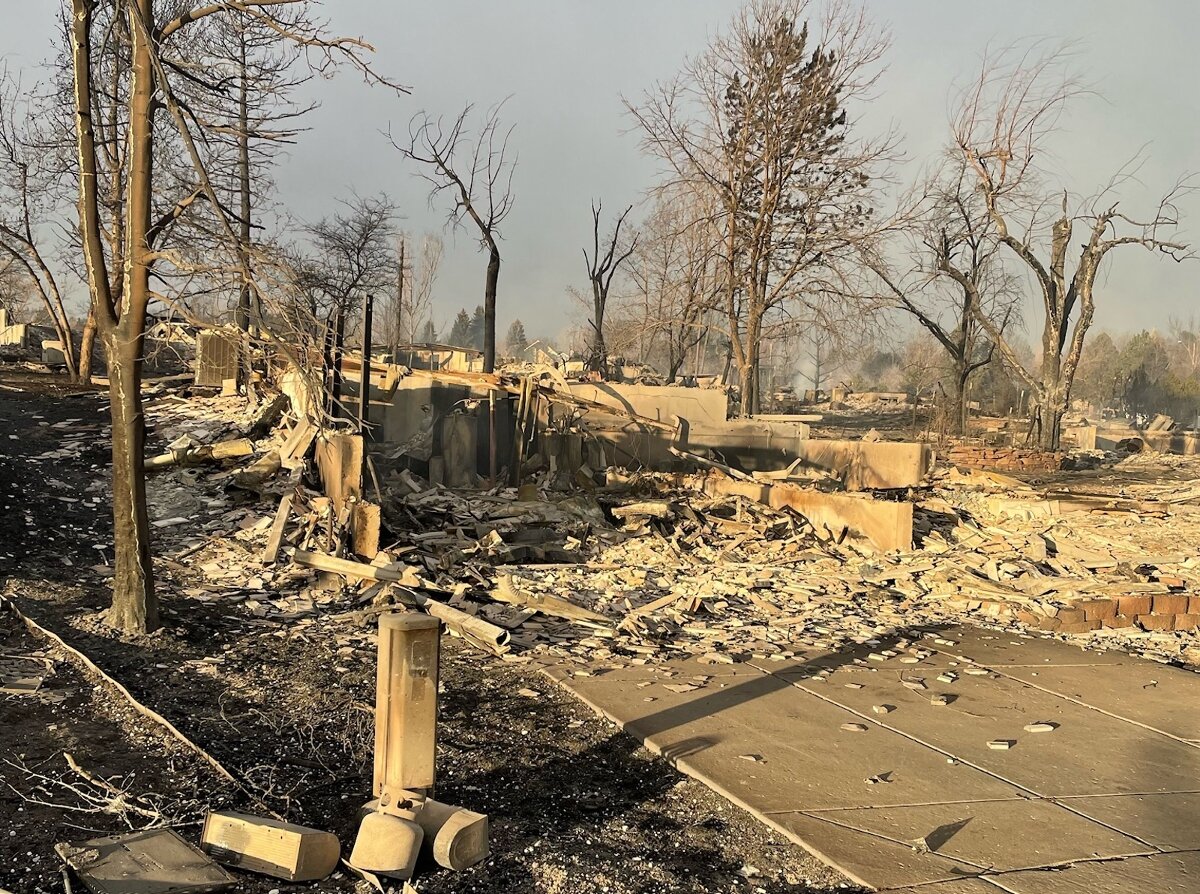
Somauroo’s Louisville home before and after the Marshall Fire.
Photo courtesy Tawnya Somauroo
Somauroo is now on a first-name basis with State Rep. Kyle Brown, a Boulder County Democrat whose district includes Somauroo’s Cornerstone neighborhood. Over the last two years, she’s gained an encyclopedic knowledge of building codes, fire-safe materials and local design and landscaping ordinances.
“I know I’m a nerd,” she said.
Along with other Marshall Fire victims, Somauroo advocated for a new law that blocks homeowners associations or other neighborhood rules from preventing the use of fire-resistant building materials.
More than 2.6 million Coloradans — more than half the state's population — live in homes governed by HOAs. The associations have tremendous power. For example, some Colorado HOAs prevent residents from replacing combustible materials like wooden fences. This law overrules that. Governor Jared Polis signed the bill, sponsored by Rep. Brown, in March.
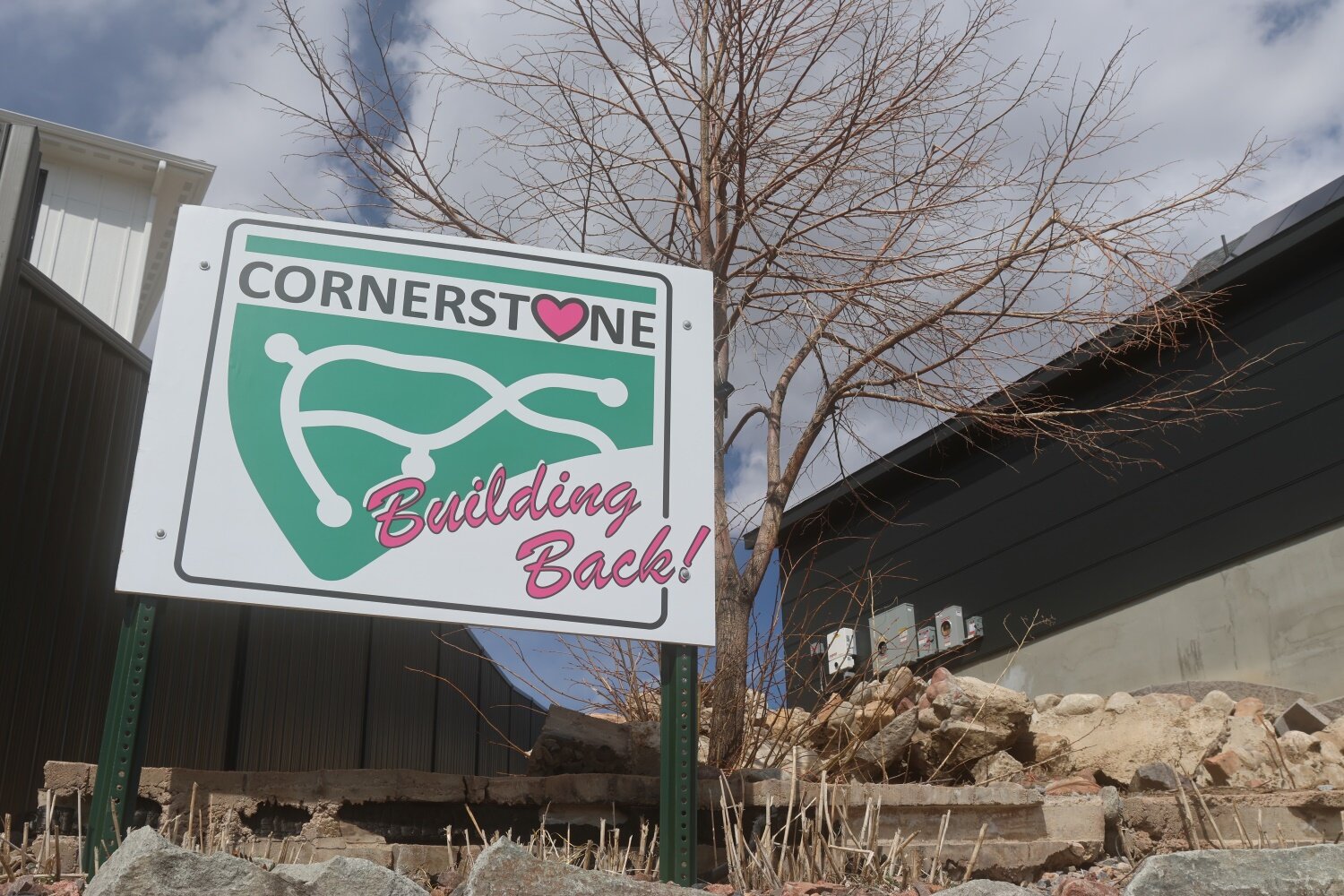
Although not technically part of an HOA, Somauroo’s neighborhood still employs restrictive “covenants,” i.e., rules on how residents can design and use their property.
The covenants require features such as wooden fences, wood decks and vegetation or wood mulch in the yard — all materials that are prone to ignition.
When Somauroo and her family decided to rebuild their home in the same lot — the same decision hundreds of other Marshall Fire victims made — they chose to do so with fire-resistant materials, some of which were technically in violation of the Cornerstone rules.
“I was planning on just violating all the covenants because when you see your fence on fire and you run for your life, you don’t forget it very easily. Some maybe do,” she said, gesturing at her neighbors with wood fences.
But Somauroo became anxious about her plan to ignore the covenants when she learned that in Cornerstone, any resident can enforce the rules against one of their neighbors.
Adding to the difficulty, an attorney told Somauroo that the covenants were almost impossible to change — doing so required two-thirds of the neighborhood. That would be easy enough, Somauroo thought. After all, every single one of Cornerstone’s 75 homes burned down in the Marshall Fire, so she thought people would be eager to support changes to the rules, especially if it meant better protecting their homes.
But she learned that the neighborhood would also need the approval of the “first lienholders” — in other words, the mortgage lenders.
“All of our banks have to sign on to change these covenants,” she said. “Which is essentially saying, ‘You’re stuck with these covenants.’”
That discovery is what led her to Rep. Brown, who introduced the bill in January of this year.
“Homeowners should be empowered to choose less flammable materials to safeguard their homes and save money on insurance, and now more homeowners will be able to better protect their home,” Governor Polis said in a statement after signing the bill into law.
Somauroo said learning as much as she could about fire-hardening homes and advocating for this legislation was part of her “trauma reaction” to the Marshall Fire.
“People have two trauma reactions: One is, ‘I’m going to fortify,’ and the other is, ‘This whole fire was a fluke and it will never happen again and I’m not going to deal with it.’”
Somauroo is squarely in the first camp. Her new home has a sleek metal fence encircling the backyard, a concrete patio and ember-proof mesh coverings on exterior vents. Many of her neighbors are following suit in their own rebuild process.
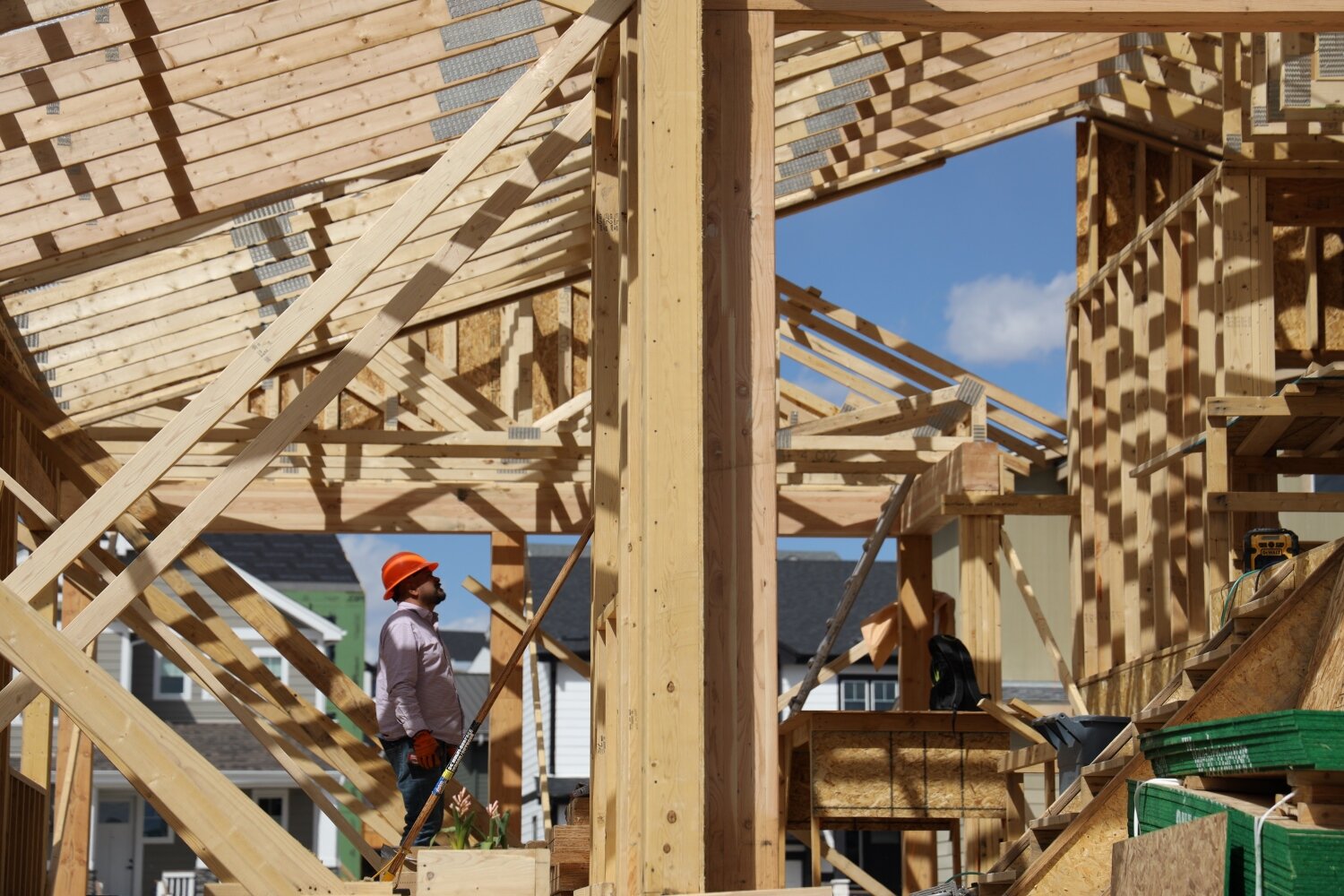
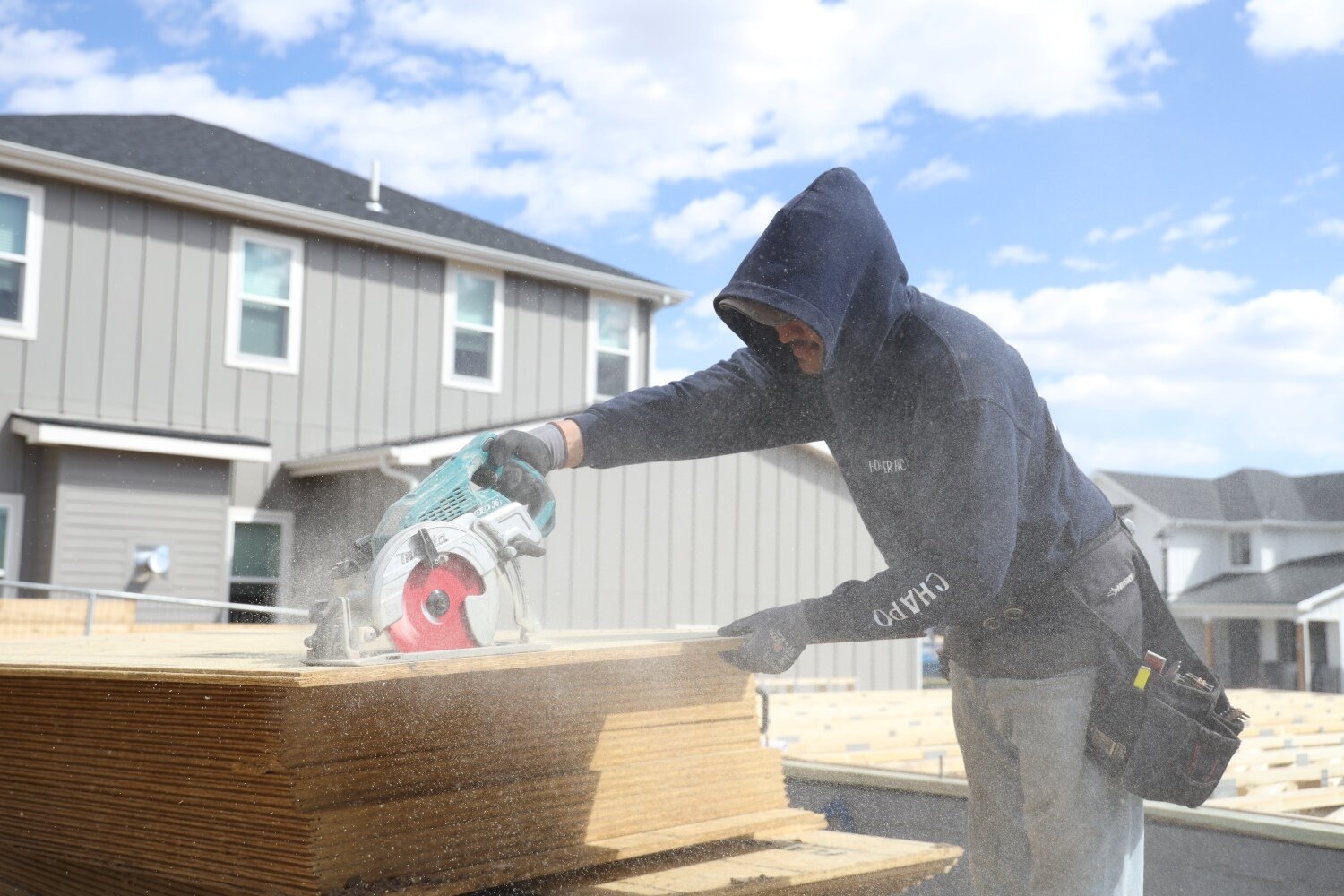
Several crews are rebuilding homes in the Cornerstone subdivision of Louisville.
Photos: Cormac McCrimmon, Rocky Mountain PBS
The Cornerstone neighborhood currently bustles with the work of construction crews, contractors and landscapers who are all contributing to the rebuild.
Stucco and stone homes — both much more fire-resistant than homes with vinyl siding — are common in the community, as are concrete patios and metal fences.
“It’s for the good of everyone that this neighborhood fire-hardens as many homes as possible,” Somauroo said.
The new bill leaves some room for HOAs to enforce “reasonable restrictions” on the material or appearance of fencing homeowners can install, so long as those materials don’t cost substantially more than fire-hardened fencing.
Research has shown that fencing was particularly vulnerable during the Marshall Fire and contributed to the fire’s rapid spread.
The Boulder County-based National Center for Atmospheric Research (NCAR), meanwhile, recommended replacing “all wooden fences with fences made from non-combustible materials” after the Marshall Fire.
Hearing Somauroo talk about the impact one person can have through fire-hardening their home is reminiscent of how public health experts discussed COVID-19: even if a person who wears and mask or is vaccinated isn’t 100% immune from contracting the virus, their actions can slow or prevent the spread to other people. The same logic applies to fire-hardening homes.
Researchers with the Insurance Institute for Business and Homes Safety (IBHS) found that when wooden fences were blown down in the high winds preceding the Marshall Fire, some homes were spared because the embers and flames didn’t have a chance to jump from the fence to the home.
“I just feel like I did something — if it happened again, [the fire] would progress a little more slowly probably because of all the stuff I’ve done,” Somauroo said. “At the very least, we’d have more time to get away. I feel good about that.”
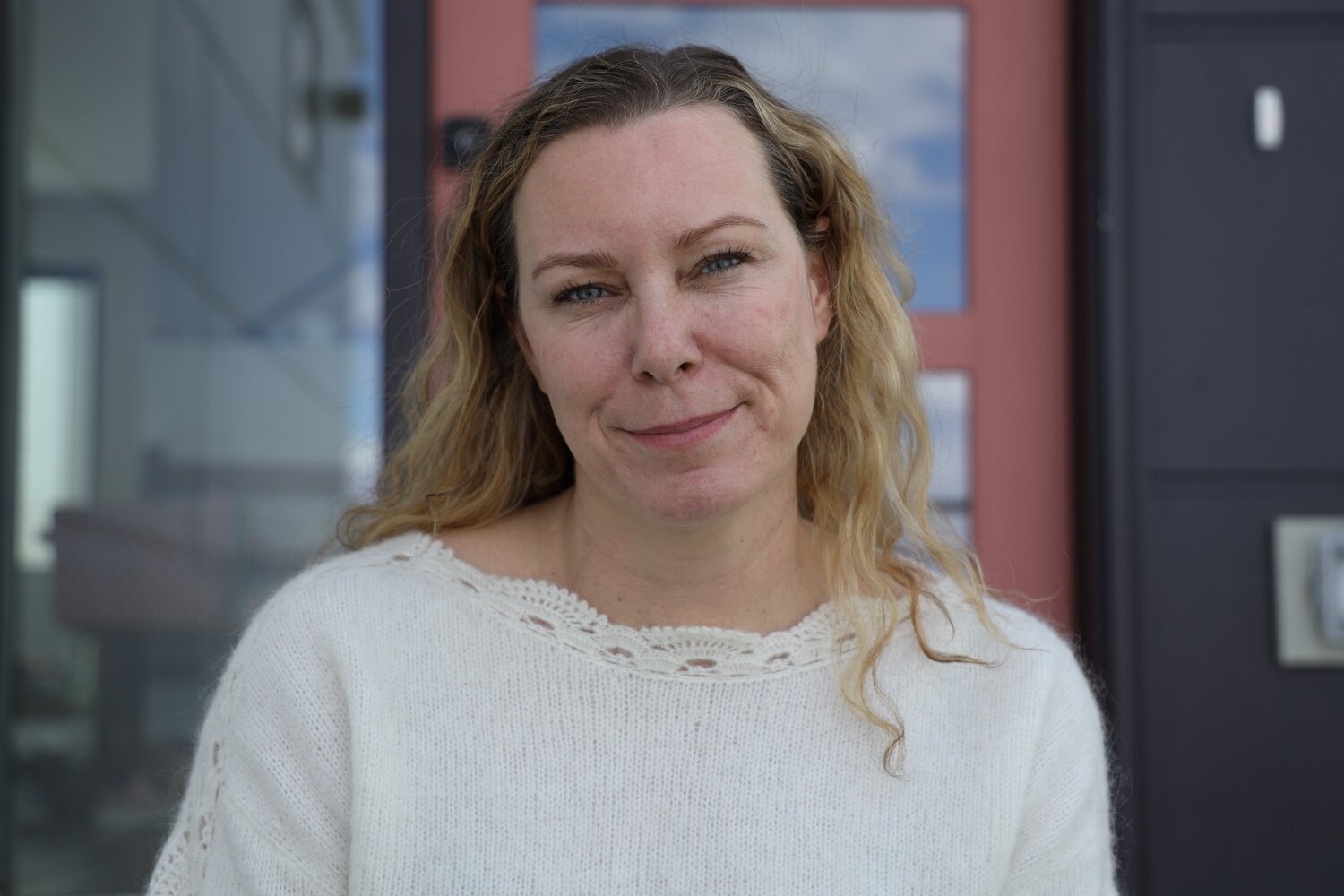
Somauroo sits on the front porch of her home in Louisville.
Photo: Cormac McCrimmon, Rocky Mountain PBS
Fire-hardening a home doesn’t have to be an expensive or even labor-intensive process, according to Elizabeth Szorad, the sustainability manager for the City of Lafayette.
She recommends three methods of fire-hardening a house from a landscape perspective:
- Create a non-combustible buffer between vegetation and the home (at least five feet wide)
- Plant native, fire-resistant species
- Perform regular maintenance on gardens
“As our climate and landscape changes, creating a defensible space in urban settings … should be prioritized,” Szorad said.
The most common landscaping mistake that Szorad notices is the lack of a buffer zone. “Plants can catch fire and it can spread to the building,” she said.
This is part of the reason Szorad recommends planting native species. All plants are combustible, she noted, but plants native to Colorado — she listed yarrow, snowberry and Rocky Mountain penstemon as some of the best — often have low ignitability and can be used as a fire barrier.
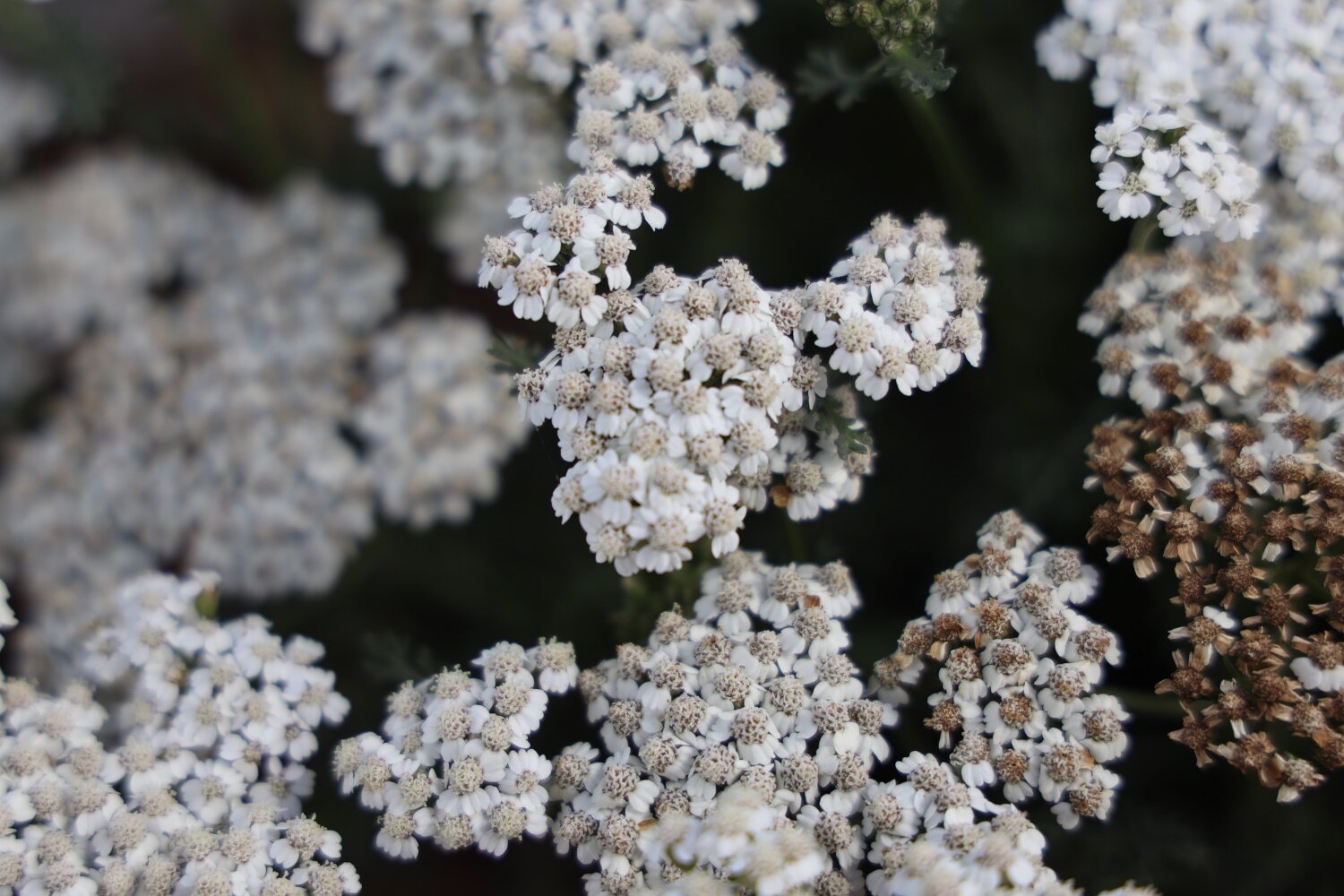
Yarrow, pictured here, is one of the more fire-resistant plants that are native to Colorado.
Photo: Kyle Cooke, Rocky Mountain PBS
A common misconception is that homes burn down because of a wildfire’s flames. Embers are the real problem. According to Evergreen Fire/Rescue in Evergreen, Colorado, “90% of homes are destroyed indirectly by wind-borne embers carried ahead of a wildfire.”
“The point is to ember-proof your house,” Somauroo said.
The PBS program “This Old House” has a comprehensive guide to hardening homes available here. Several of the program’s recommendations are lower-effort projects Somauroo and her neighbors have done, like installing ember-resistant vent covers and gutter guards.
“You do your best to lower the risk, and then you live with it and try to live with whatever the future is going to bring,” Somauroo said. “[The bill] lets people do that, and I feel really good about that.”
Kyle Cooke is the digital media manager at Rocky Mountain PBS. Kylecooke@rmpbs.org.